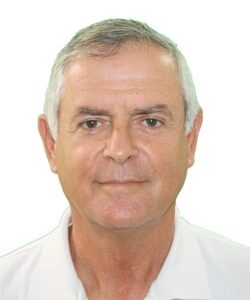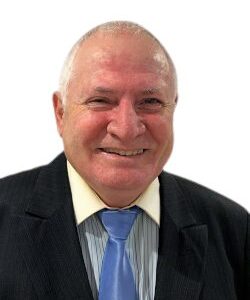Demystifying Transformers: Baluns and Ununs

Baluns and ununs are essential in RF signal chains for many applications. RF balun designs are most commonly associated with core-and-wire transformers, but can also be realized through coaxial and coupled stripline technologies. The behavior of baluns and ununs was introduced in Part 1 of this series, where we established that both these devices are designed for impedance matching purposes. The major difference between them is that baluns are designed to match impedances between balanced and unbalanced circuits, whereas ununs provide impedance matching between two unbalanced circuits.
Stabilizing Multiplier Chain Conversion Efficiency with Reflectionless Filters

Frequency translation devices such as multipliers and dividers are used to convert frequencies from lower spectrum regimes to higher frequencies, and vice versa. As these devices are intrinsically non-linear, they generate spurious harmonics, which are often filtered to prevent harmonics from appearing in-band. Using conventional, reflective filters creates an undesirable scenario where the out-of-band harmonics are reflected back to the multiplier. The multiplier is also affected by the reactive loading exhibited by a reflective filter at harmonic frequencies (see Figure 1). Given that multipliers have poor output return loss, this combination of effects leads to large ripples in the conversion efficiency of a multiplier chain, and hence, susceptibility to environmental factors.
This issue can be solved by leveraging the unique capabilities of reflectionless filters. To demonstrate this solution, an experiment was conducted with a doubler test circuit and a 4X multiplier chain (see Figure 2). Each experiment was conducted using comparable reflective and reflectionless filters, and the results were then analyzed.
Demystifying RF Transformers: A Primer on the Theory, Technologies and Applications – Part 1

In essence, a transformer is merely two or more conductive paths linked by a mutual magnetic field. When a varying magnetic flux is developed within the core by alternating current passing through one conductive path, a current is then induced in the other conductive paths. This induced current is proportional to the ratio of magnetic coupling between the two conductive paths. The ratio of the magnetic coupling of the conductive paths with the core determines the induced voltage in the additional conductive paths, providing both an impedance transformation and a voltage step-up or step-down. Additional conductive paths, potentially all with different coupling ratios, may be added to realize various functions, which is why RF transformers are such varied and versatile devices used widely throughout the RF/microwave industry.
High-Q Ceramic Resonator Filters for GNSS Applications
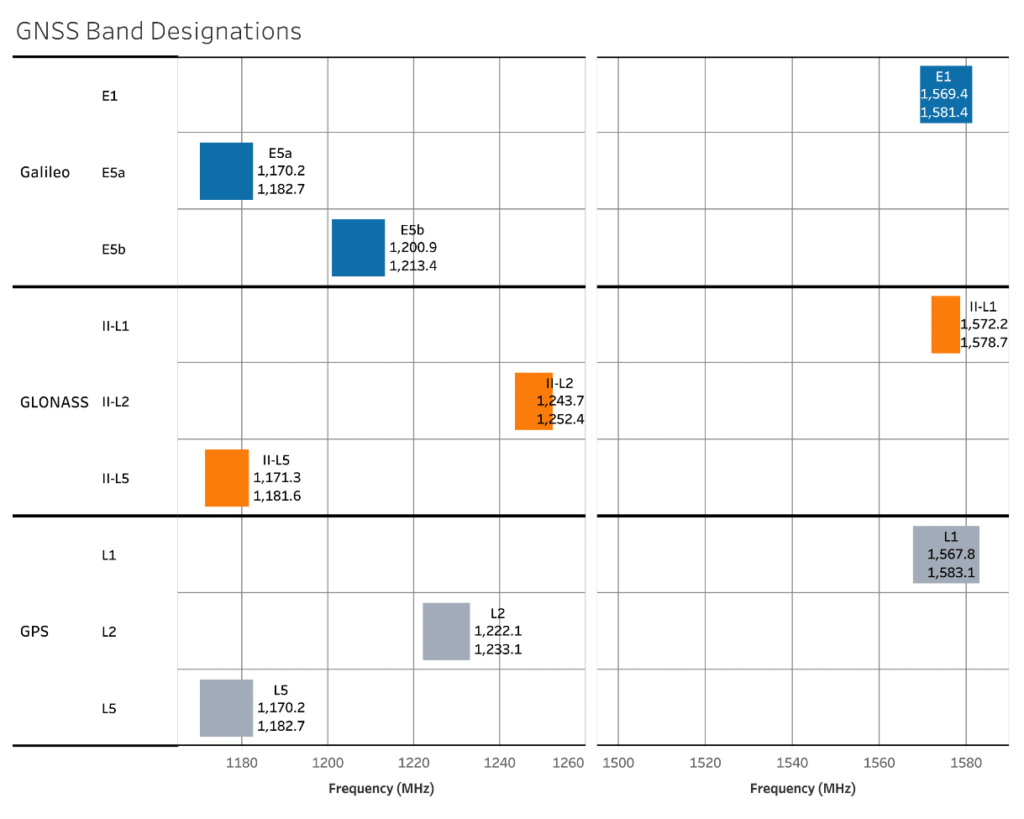
GNSS (Global Navigation Satellite Systems) has become an increasingly prevalent RF application for both military and consumer use. Early GNSS technology, or location-based services (LBS), was developed exclusively for military use and operated with a margin of error of about 10-yards (9.14m), which was sufficient at the time, but limited its suitability for end uses requiring a higher degree of precision. In the time since the first launch of GPS more than 40 years ago, the evolution of the technology has improved precision to the order of 2-3 yards (1.83-2.74m). This advancement of the technology combined with significant miniaturization and cost reduction of LBS-enabled devices has opened up a large and growing commercial market for GNSS services. For example, GNSS is now used in the agricultural market to calculate statistics for weather, soil conditions, and crop health to help farmers maximize their yields and profits. Such innovations have stimulated demand for components that support military, industrial and consumer applications.
Understanding Lumped Element Filters

Before discussing filter designs and differentiating any given filter topology from another, it’s important to review the fundamentals of filter structures and their function. A filter is a two-port, passive, reciprocal device that allows frequencies within a given band to pass through while blocking signals outside the desired band.
There are many filter types available to the system design engineer including RLC filters, active RC filters, crystal filters, cavity filters, ceramic resonator filters and SIW, SAW and BAW filters. Filters may be fabricated using lumped elements, thin and thick film microstrip and stripline, LTCC and other manufacturing technologies. This article will focus on lumped element filters.
Impedance Matching Devices

The impedance of a component or transmission line is a major concern when designing RF/microwave systems. At the circuit level, optimum performance is obtained when devices are matched to the desired system impedance, typically 50Ω or 75Ω. At the system level, each building block must be matched to the system impedance to maintain performance along the signal path.
Reflectionless Filter Basics: A Brief History of the Genesis of Reflectionless Filters
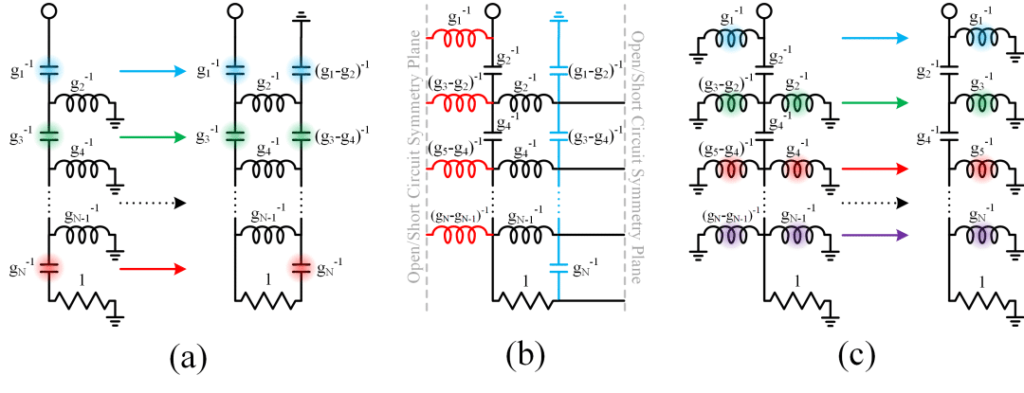
The advent of broad bandwidth amplifiers, analog-to-digital converters (ADCs), digital-to-analog converters (DACs), and software-defined radios has brought about growing interest in broadband communications, radar, and sensing applications. For these applications, there is often a need to preserve the highest sensitivity and dynamic range possible within the receiver signal chain and to mitigate the number and strength of harmonics and spurious content in the transmitter signal chain. This is a substantial challenge considering the nature of non-linear components within these circuits, namely compression-mode amplifiers, mixers, multipliers, and frequency-conversion electronics.
Renewing Our Founding Values as a 50-Year-Old Startup
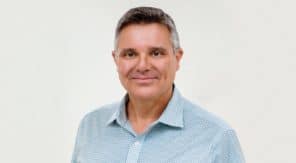
The Mini-Circuits story is well known to many in the RF and Microwave industry. Some know us for our advertising, some know us as one of the first companies to transform the pricing structure of RF components, and some know us through the personal relationships they had with Harvey Kaylie, our founder and chief executive for the first 50 years of our history.
FILTERING WITHOUT REFLECTIONS: Flattening Multiplier Chain Conversion Efficiency & More

A new class of filter, which exhibits broadband matched impedance at its ports, has recently been invented and made available. This new device, the reflectionless filter, has demonstrated a variety of benefits when used to replace conventional filters in a signal chain. This white paper briefly introduces the reflectionless filter and compares conventional filter and reflectionless filter behavior. Use cases are presented examining how reflectionless filters can improve system performance when used with mixers, ADCs, and receiver signal chains. Lastly, an experiment is described and test results presented to compare the conversion loss ripple in multiplier chains when reflectionless and reflective filters are used to filter spurious signals.
Specifying VCOs for Clock Timing Circuits | Application Note
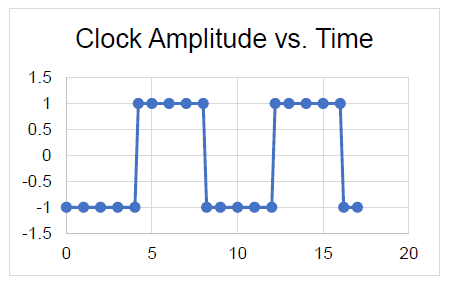
Timing is everything for many systems, especially for modern electronic systems with high-speed data converters and high-resolution sampling. A clock source is “the keeper of time” in these systems and system timing performance is very much dependent upon the performance of its clock source. For some system designers, a clock source automatically means a crystal oscillator, typically a single-frequency source. But some system designers, especially those faced with synchronizing systems at multiple clock frequencies, have learned to appreciate the flexibility of using voltage-controlled oscillators (VCOs) as clock sources.



